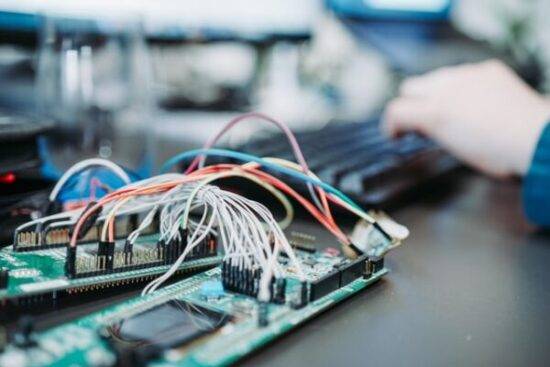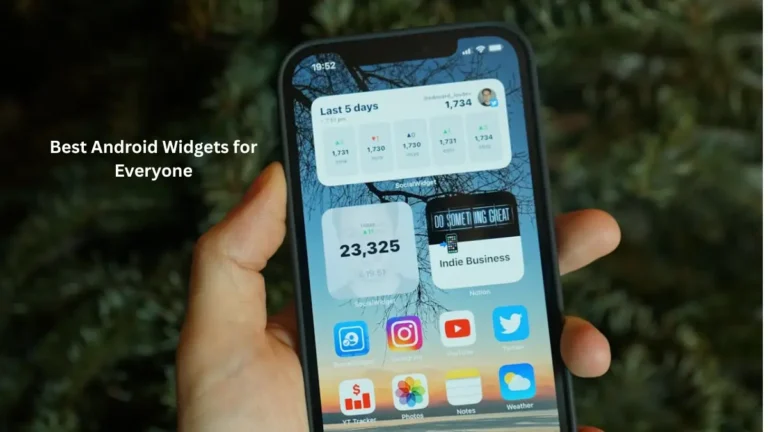IoT devices are non-standard computing devices that can connect wirelessly to a network and transmit data. Like many Internet of Things (IoT) devices.
IoT involves extending your internet connection beyond standard devices, such as desktops, laptops, smartphones, and tablets, to a range of physical devices and common objects that do not allow you to connect to the Internet. Embedded in technology, these devices can communicate and interact via the Internet. They can also be monitored and controlled remotely.
What are IoT devices?
IoT devices are hardware components, such as sensors, actuators, devices, devices, or machines that are programmed for certain applications and can transmit data over the Internet or other networks. They can be incorporated into other mobile devices, industrial equipment, environmental sensors, medical devices and more.
Why IoT devices?
IoT devices are increasingly using AI and machine learning to bring intelligence and autonomy to systems and processes, e.g. B. Self-management, intelligent industrial production, medical devices and home automation. Many of these devices are small microcontroller-based systems with limited performance and cost. Network bandwidth and consumer expectations for privacy and user experience continue to require heavier processing on the device, processing data on the IoT endpoint, rather than using cloud-based approaches.
Applications for the Internet of Things
Smart Home:
Smart Home is probably the most popular IoT application right now as it is the most accessible and readily available for consumers. From the Amazon Echo to the Nest thermostat, there are hundreds of products on the market that users can control with their voice to make their lives more connected than ever.
Wearables:
watches are no longer just a way of telling time. Apple Watch and other smartwatches on the market have turned our wrists into smartphone cases that enable text messaging, phone calls, and more. And devices like Fitbit and Jawbone have helped revolutionize the fitness world by giving people more data about their workouts.
Smart cities:
IoT has the potential to transform entire cities by solving the real problems citizens face every day. With the right connections and data, the Internet of Things can solve traffic congestion and reduce noise, crime and pollution.
Connected Car:
These vehicles are equipped with Internet access and can share that access with others, as well as connect to a wireless network at home or in the office. More and more vehicles are being fitted with tags instead of physical keys that, with the help of sensors, do everything from remote starting and triggering the alarm to triggering the trunk and unlocking the vehicle with smart locks.
Devices and examples Internet of Things
Amazon Echo and Google Home – Smart Home:
AI voice assistants like Amazon Echo and Google Home are some of the most popular IoT devices for consumers. Users can speak to voice assistants like Alexa for help with a variety of functions, including music playback, weather reports, sports scores, ordering an Uber, and more.
Fitbit Charge 3 – Wearable Items:
The Fitbit Charge 3 tracks your steps, floors, calories burned and quality of sleep. The device is also synced with computers and smartphones via WiFi to stream your fitness data in easy-to-understand graphs and monitor your progress.
Barcelona – Smart Cities:
The Spanish city is one of the most important smart cities in the world after implementing several IoT initiatives that have helped improve smart parking and the environment.
AT&T – Connected Car:
AT&T was the first telecommunications company to open a research and innovation center for connected cars.
Also read about: IoT Applications in Retail – IoT in Retail




